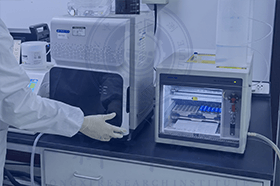检测信息(部分)
检测项目(部分)
- 材料成分分析:确认金属基材的合金成分是否符合设计要求。
- 厚度偏差:测量板材厚度均匀性,确保结构强度。
- 涂层附着力:检测表面涂层与基材的结合强度。
- 耐盐雾性能:模拟潮湿环境下的抗腐蚀能力。
- 防火等级:验证材料阻燃特性是否符合安全标准。
- 平整度偏差:检验安装后的整体平面度。
- 承载能力:测试吊顶系统在负载下的变形极限。
- 尺寸稳定性:评估温度变化下的形变系数。
- 光泽度:量化表面装饰效果的光学参数。
- 色差检测:确保批次间颜色一致性。
- 边缘直线度:检查板材切割精度。
- 接缝高度差:控制安装后的视觉平整性。
- 抗风压性能:验证户外用吊顶的结构安全性。
- 隔音系数:测量声学功能型产品的降噪能力。
- 耐污染性:测试表面抗污渍附着特性。
- 环保指标:检测重金属等有害物质释放量。
- 抗震性能:模拟地震工况下的结构完整性。
- 导电连续性:验证防静电型产品的性能达标性。
- 热膨胀系数:计算温度变化引起的尺寸变化率。
检测范围(部分)
- 铝合金条形吊顶
- 镀锌钢板方格吊顶
- 不锈钢蜂窝板吊顶
- 铜质装饰吊顶
- 钛锌合金屋面系统
- 阳极氧化铝板吊顶
- 烤漆金属扣板吊顶
- 穿孔吸音金属吊顶
- 仿古做旧金属吊顶
- 立体造型艺术吊顶
- 防辐射专用吊顶
- 抗菌涂层医疗吊顶
- 户外耐候型金属吊顶
- 防静电机房吊顶
- 模块化快装吊顶系统
- 镂空雕刻装饰吊顶
- 双曲面异形金属吊顶
- 集成照明功能吊顶
- 防火A级认证吊顶
- 太阳能反射节能吊顶
检测仪器(部分)
- 万能材料试验机
- 涂层测厚仪
- 盐雾试验箱
- 分光光度计
- 燃烧性能测试仪
- 三维激光扫描仪
- 声学混响室
- 原子吸收光谱仪
- 电子显微镜
- 热重分析仪
检测标准(部分)
1.1 This practice covers the installation of suspension systems for acoustical tile and lay-in panels. It is applicable to contractors whose services are utilized for installing acoustical ceilings and to other trades if their activities are responsible for interference with ceiling components or performance as defined in this recommended practice.
1.2 While the practices described in this document have equal application to fire-resistive suspension systems many systems impose additional requirements to obtain the fire endurance classification of particular floor-ceiling or roof-ceiling assemblies. These details are available from the listing agency and from the manufacturers.
1.3 Similarly additional detailing is often necessary to meet sound attenuation requirements when ceiling plenums extend over contiguous rooms. Obtain these from the manufacturer of the acoustical material employed.
1.4 The values stated in either SI units or inch-pound units are to be regarded separately as standard. The values stated in each system are not exact equivalents; therefore each system shall be used independently of the other. Combining values from the two systems result in non-conformance with the standard.
1.5 While many of the practices described in this practice have application to the installation of metal suspension systems in exterior environments the specific design of exterior ceiling installations requires the review and approval of the architect or engineer or both
1.1 This practice covers the installation of suspension systems for acoustical tile and lay-in panels. It is applicable to contractors whose services are utilized for installing acoustical ceilings and to other trades if their activities are responsible for interference with ceiling components or performance as defined in this recommended practice.
1.2 While the practices described in this document have equal application to rated fire-resistive suspension systems additional requirements may have been imposed to obtain the fire endurance classification of particular floor-ceiling or roof-ceiling assemblies. These details should be obtained from the manufacturers.
1.3 Similarly additional detailing may be necessary to meet sound attenuation requirements when ceiling plenums extend over contiguous rooms. These too should be obtained from the manufacturer of the acoustical material employed.
1.4 The values stated in either SI units or inch-pound units are to be regarded separately as standard. The values stated in each system may not be exact equivalents; therefore each system shall be used independently of the other. Combining values from the two systems may result in non-conformance with the standard.
1.5 While many of the practices described in this practice have application to the installation of metal suspension systems in exterior environments the specific design of exterior ceiling installations requires the review and approval of the architect or engineer or both who are responsible for the construction of the building or modifications to an existing building. While recommendations from the manufacturer should be solicited it remains the final responsibility of the architect/engineer to ensure proper application of the materials in question.
1.6 This standard does not purport to address of the safety concerns if any associated with its use. It is the responsibility of the user of this standard to establish appropriate safety and health practices and determine the applicability of regulatory limitations prior to use.
本标准适用于民用建筑工程室内装饰装修材料选择的评价。
本文件适用于金属材料室温拉伸性能的测定。
注:附录C给出了计算机控制试验机的补充建议。
本部分适用于温度在-196C~<10℃范围内金属材料拉伸性能的测定。
本部分适用于金属材料液氮温度拉伸性能的测定.也可适用于需要特殊设备、较小试样以及涉及锯齿形屈服、绝热增温和应变速率影响的低温(温度小于-196℃或77K)拉伸试验。
注:3He同位素的沸点为3.2K,一般情况下,液氦试验是在4He或含高浓度4He的3He和4He的混合物中进行的。
因此试验温度指定为4K。
直接检验法适用于检测与硬度计功能相关的主要参数是否在规定的允差以内,例如试验力、深度测量、试验循环时间。间接检验法适用于使用一组经过标定的标准硬度块判定硬度计在测量已知硬度材料时的能。
间接检验法可单独用于使用中硬度计的定期常规检查。
如果硬度计还可用于其他硬度试验方法的硬度试验,需分别按照每一种方法单独对硬度计进行检验。
本文件适用于固定式硬度计和便携式硬度计。
注意已将碳化钨合金球压头视为洛氏硬度标准型的球压头。钢球压头仅限于在符合GB/T230.1-2018附录A的条件下使用。
值得注意的是,碳化钨合金球压头被视为标准型洛氏硬度压头。仅在满足GB/T230.1-2018附录A要求的情况下方可使用钢球压头。
本文件适用于洛氏硬度标准硬度块的标定。
直接检验包括检查被检硬度计性能参数是否处于规定的限值以内,而间接检验则是使用按GB/T231.3标定的标准硬度块进行硬度测量来检查硬度计的综合性能。
如果硬度计还用于其他方法的硬度试验,则需分别按每一种方法单独对硬度计进行检验。
本文件适用于固定安装的硬度计和便携式硬度计。对于不能符合按规定的力/时间配置的硬度计,附录B给出了对硬度计的力和试验循环时间进行改进的直接检验程序。
本文件适用于标准布氏硬度块(以下简称“标准块”)的标定。

检测资质(部分)










检测优势
检测实验室(部分)



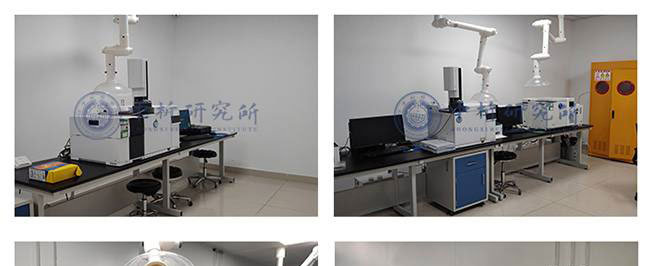
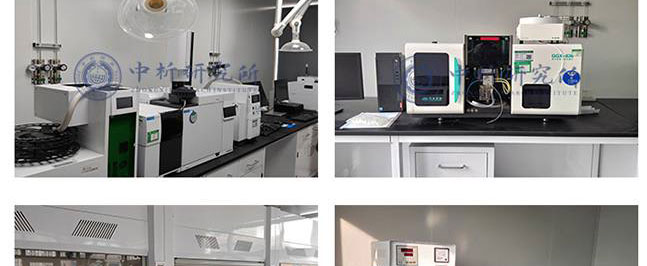
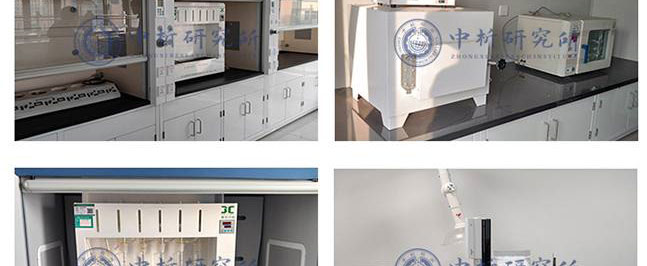
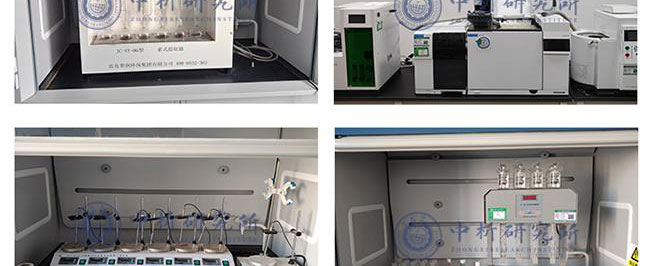
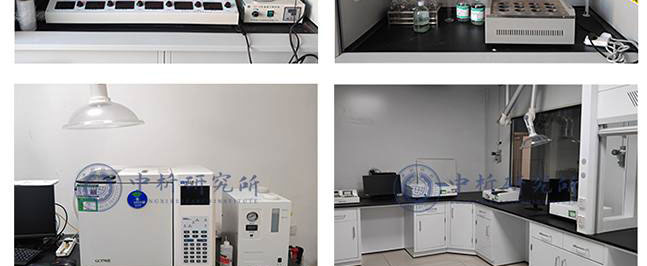
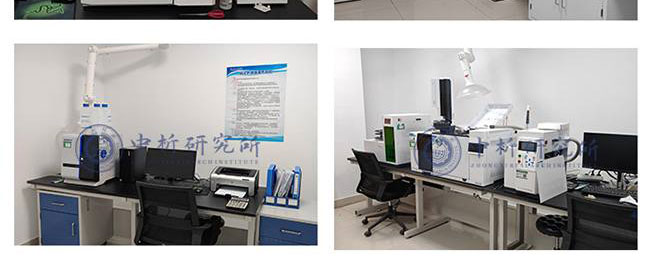
合作客户(部分)





检测报告作用
1、可以帮助生产商识别产品的潜在问题或缺陷,并及时改进生产工艺,保障产品的品质和安全性。
2、可以为生产商提供科学的数据,证明其产品符合国际、国家和地区相关标准和规定,从而增强产品的市场竞争力。
3、可以评估产品的质量和安全性,确保产品能够达到预期效果,同时减少潜在的健康和安全风险。
4、可以帮助生产商构建品牌形象,提高品牌信誉度,并促进产品的销售和市场推广。
5、可以确定性能和特性以及元素,例如力学性能、化学性质、物理性能、热学性能等,从而为产品设计、制造和使用提供参考。
6、可以评估产品是否含有有毒有害成分,以及是否符合环保要求,从而保障产品的安全性。
检测流程
1、中析研究所接受客户委托,为客户提供检测服务
2、客户可选择寄送样品或由我们的工程师进行采样,以确保样品的准确性和可靠性。
3、我们的工程师会对样品进行初步评估,并提供报价,以便客户了解检测成本。
4、双方将就检测项目进行详细沟通,并签署保密协议,以保证客户信息的保密性。在此基础上,我们将进行测试试验.
5、在检测过程中,我们将与客户进行密切沟通,以便随时调整测试方案,确保测试进度。
6、试验测试通常在7-15个工作日内完成,具体时间根据样品的类型和数量而定。
7、出具检测样品报告,以便客户了解测试结果和检测数据,为客户提供有力的支持和帮助。
以上为金属吊顶检测的检测内容,如需更多内容以及服务请联系在线工程师。








